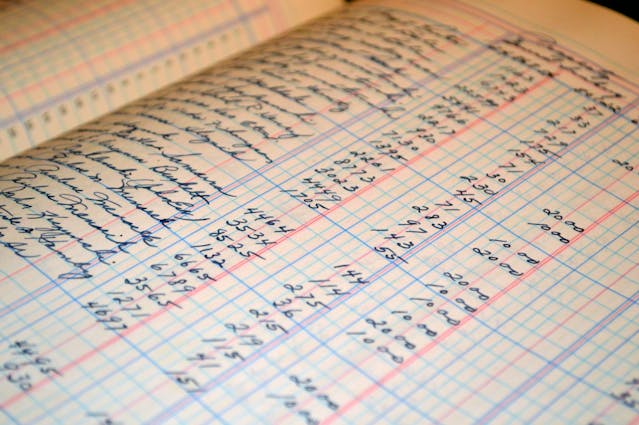We have seen probablity, now lets learn addition and multiplication rule
Addition rule:
This rule applies when we are dealing with mutually exclusive events (two or more events that cannot happen simultaneously), i.e., independent events – if one event occurs, the other cannot
2 cases of addition rule:
- Disjoint events (completely separate)
The probability of event A or event B happening (written as P(A or B)) is simply the sum of the individual probabilities of event A (P(A)) and event B (P(B))
Formula: P(A or B) = P(A) + P(B)
Example:
Imagine flipping a fair coin. The result is either Heads or Tails, there are no other scenarios
The probability of getting heads or tails (H or T) is simply the sum of the probability of getting heads (0.5) and the probability of getting tails (0.5), which is 0.5 + 0.5 = 1 (certain to happen)
- Overlapping events (partially combined)
These events share some possible outcomes, but not all
The probability of event A or event B happening (P(A or B)) is calculated by adding the probabilities of each event (P(A) and P(B)) and then subtracting the probability of both events happening together (P(A and B))
This subtraction is necessary because we’ve counted the overlapping outcomes twice (once for each individual event)
Formula: P(A or B) = P(A) + P(B) – P(A and B)
Example:
Imagine we have a bag with 4 red marbles (R) and 6 blue marbles (B)
| Bag | red marble | red marble | red marble | red marble | blue marble |
| blue marble | blue marble | blue marble | blue marble | blue marble |
The probability of picking a red or blue marble (R or B) is the sum of their individual probabilities (P(R) + P(B))
We will subtract, P(R and B) i.e., probability of picking one marble red and blue at the same time (which is impossible to pick both R and B at the same time, so P(R and B) = 0)
P(R or B) = P(R) + P(B) – P(R and B)
P(R or B) = 4/10 + 6/10 – 0 = 1
Multiplication rule:
Independent events are events where the outcome of one event does not affect the outcome of the other. In simpler terms, whether event A happens or not has no bearing on whether event B happens or not
The multiplication rule calculates the probability of both event A and event B happening (written as P(A and B)).
Formula: P(A and B) = P(A) * P(B)
Example:
Rolling a fair die and flipping a fair coin, events are independent. The probability of rolling a 3 on the die (event A) does not affect the probability of getting heads on the coin (event B)
The probability of getting both a 3 in dice and heads in coin (A and B) is simply the product of the individual probabilities (P(A) * P(B))
Example2:
We are flipping 2 coins, first coin gave Heads P(A) and second coin also gave heads P(B)
P(A and B) = P(A) * P(B) = ½ * ½ = ¼
I.e.,
| Sl No | Coin 1 possibilities | Coin2 possibilities | Probability |
| 1 | Head | Head | 1/4 |
| 2 | Head | Tail | 1/4 |
| 3 | Tail | Head | 1/4 |
| 4 | Tail | Tail | 1/4 |







